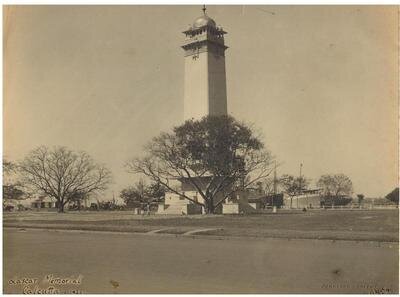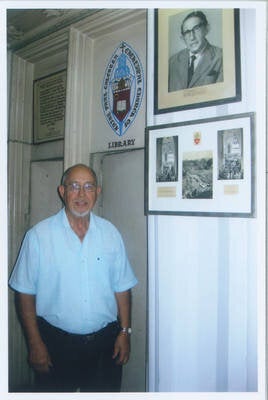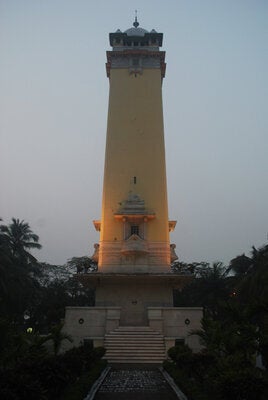The 90th anniversary of The Lascar Memorial in Calcutta, India takes place this month in 2014. Many people will not know who Lascars were or why they should be celebrated. By highlighting the anniversary of this Memorial, I will be able to shed some light on the sacrifices these brave men made for England.
Lascars were Asian seamen who worked aboard British steamships. For over 350 years, Lascars were instrumental in the transport of goods from India to England. By the eve of the First World War, there were over 50,000 Lascars living in Britain, as many had been forced to jump ship due to appalling working conditions. A large number of these men became involved in the war effort, making up 20 per cent of the British maritime labour force. Even so, the nation didn't embrace them and their enduring loyalty was surprising.
Located on Napier Road in the Hastings area of Calcutta, the Lascar Memorial was built and erected by Englishman William Ingram Keir, to remember the 896 Bengali Lascars who perished between 1914-18 in the Great War. It was unveiled in February 1924. Keir won an award and 500 rupees for his design.

The Lascar Memorial in 1924. Photo credit: James Keir
The years passed, taking a toll on the 100 foot structure and, in the '90s, Keir's son, James, noticed its neglected state. In a thank you letter to retired Indian army officer, Commodore Bibhu Mohanti, who eventually restored the Lascar Memorial, he wrote:
As years passed by, though I lived in England and eventually Hong Kong, I had opportunities to pass by Calcutta when I would take a look at this monument that once stood so majestically at Hastings by the Hoogly river, however I was dismayed to see it very much neglected, it had lost its shining dome, the walls were in disrepair and goats fed on plants enveloping the grounds.

James Keir with his father's photo on the wall.
James Keir wasn't the only person to notice the state of the Memorial. Commodore Mohanti, as an officer with the Indian Navy, also had a strong interest in its preservation, wanting the Lascars and their contribution to India and England, to be remembered. He collected funds for renovation; the work took a year. William's son, James Keir was born and educated in Darjeeling, (then British India.) He is now retired and lives in Hong Kong. He said:
It is a pity I did not pay much attention to my father's works when growing up nor did he talk much about them. The original memorial had a gold dome which is now painted pink. I remember my father saying that the shiny dome came into view as the boats came up the Hooghly and that it pointed to Mecca. He would always say, "I am a foreigner in India but a stranger everywhere else". He died three months after he left India in 1967.
James had been uninformed about the renovations to his father's Memorial and mentioned his first sighting of the restored structure in his letter to Mohanti.
I took a drive to Hastings to show some friends my father's work and had to walk along some railway lines to get a glimpse of the Lascar Memorial as it was now in restricted area. Lo and behold, to my great amazement and pleasure it had been restored to its former glory.

The Lascar Memorial after renovation in 1994. Photo credit: James Keir
2014 marks the commemoration of the centenary of the Great War. The Lascar Memorial has earned its place in the celebrations to remind us of the sacrifices these Indian sailors made for England. A life lost for a country should be remembered. James Keir's final words of thanks to Mohanti encompass the great significance of the Lascar Memorial.
I am indebted to you for resurrecting the Lascar Memorial to its former glory as this edifice is part of our history and symbolises the role played by the Lascars that should be immortalised.